The East Coast is having a moment — not just for beach vacations or autumn leaves, but as a magnet for remote workers who want balance.
Not just work-life balance, but cost-lifestyle-tech-community-weather-food-family-dog-parks balance. You get the idea.
As remote work solidifies into a lasting piece of the American employment puzzle, more people are choosing where they live based on vibes and value rather than office proximity.
And the East Coast? It’s rich with choices. Some cities shine because they’re quietly affordable, others because they’re buzzing with creative energy. A few have both.
Let’s take a look at the standout spots that are pulling in remote workers for all the right reasons in 2025.
A Quick Look & Comparison
| City | % Workforce Remote | Cost‑of‑Living vs U.S.* | Stand‑out Perk |
| Raleigh | 24.5 | ≈ National avg. | Research Triangle jobs |
| Charlotte | 21.5 | ≈ National avg. | Major airport + NBA/NFL weekends |
| Durham | 19.5 | −8 % | Walkable indie downtown |
| St. Augustine | 24 | − small | History under palm trees |
| Philadelphia | N/A** | −48 % vs NYC | Big‑city culture without big‑city rent |
| Portland, ME | 21.2 | +12 % | Ocean views at lunchtime |
| Baltimore | N/A** | −14 % vs U.S. metro mean | $10k home‑buyer bonus |
| Charleston | ~20 | −3 % | Postcard‑worthy streets |
| Woodbridge | N/A** | −5 % vs D.C. | VRE into downtown |
| Rockville | N/A** | +15 % | Top schools + metro line |
1. Raleigh, NC
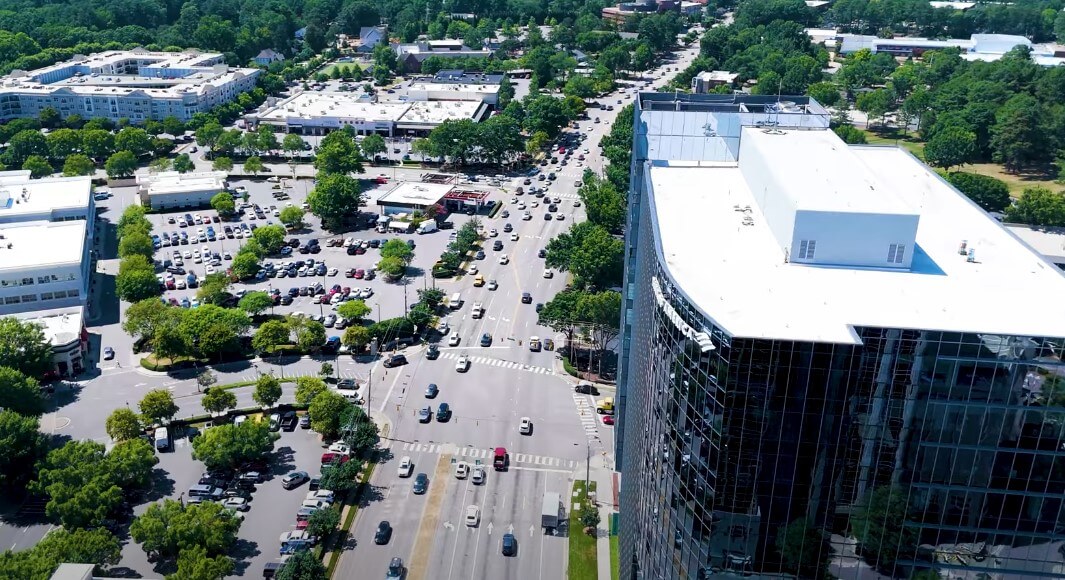
- Remote share: 24.5 percent of workers, as per Axios
- Cost of living: roughly on par with the national average; rents hover near $1,450 for a two‑bed Best Places
- Vibe: research‑driven yet laid‑back
The state capital still feels like a college town that grew up and landed a six‑figure salary. Research Triangle Park pours biotech and software dollars into local pockets, which keeps coffee houses humming on weekday mornings and meetup calendars stacked at night.
Biking trails stitch together leafy suburbs, so you can hop on the Neuse River Greenway after a Zoom marathon and be ankle‑deep in pine needles within minutes.
A bigger airport expansion, due to finish late 2025, promises more nonstop options for distributed teams that gather quarterly. Crowd‑outs? Traffic on I‑40 at rush hour and home prices creeping north of $425k, especially inside the Beltline.
2. Charlotte, NC
- Remote share: 21.5 percent, as per Axios.
- Cost of living: BestPlaces index hovers around 100, meaning nearly level with U.S. norms
- Vibe: skyline ambition paired with craft‑beer neighborliness
Bank towers still dominate Uptown, yet the city’s charm lives in mill‑turned‑maker districts such as NoDa and South End.
Monday through Thursday, laptops migrate from home to a constellation of coworking studios built inside brick warehouses—each stocked with pour‑over coffee and local art.
Come Friday, crowds point south toward the U.S. National Whitewater Center for climbing walls and live music. Light rail simplifies car‑free living, and Charlotte Douglas International drops you in nearly any major hub nonstop.
On the downside, median home prices have pushed above $380k, so first‑time buyers should scout neighborhoods just beyond I‑485 for better value.
3. Durham, NC
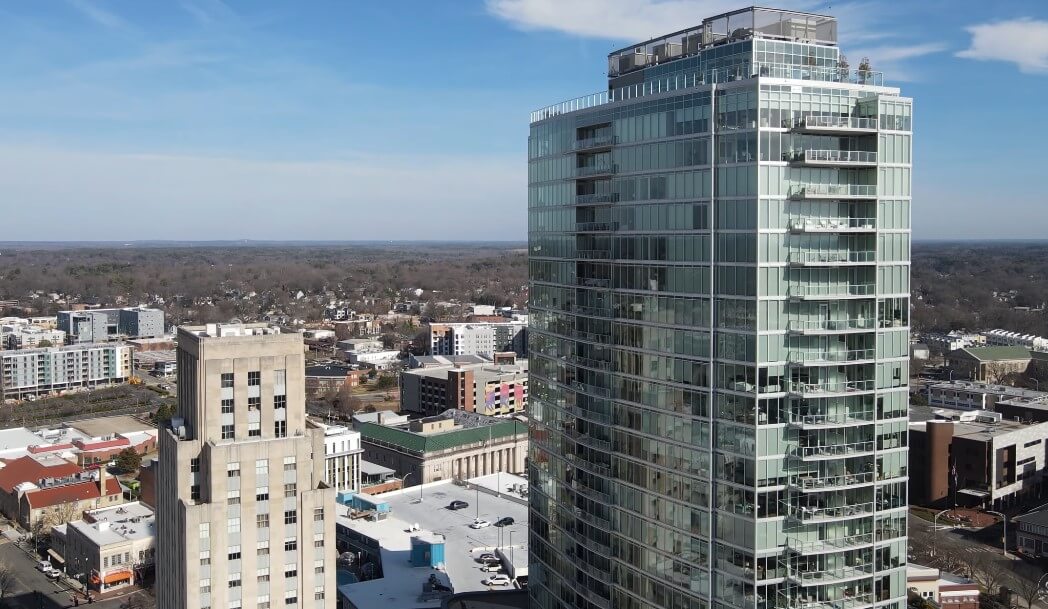
- Remote share: 19.5 percent, as per Axios
- Cost of living: about 8 percent below national norms for day‑to‑day expenses, according to Best Places
- Vibe: indie‑spirited, research‑obsessed, foodie‑forward
Film festivals inside a restored Art Deco theater, mural‑splashed alleyways, and James Beard darling restaurants—Durham brings intellectual sparkle without losing porch‑swing friendliness.
Walkable downtown blocks mean you can conquer errands between meetings, and gigabit fiber covers most residential streets. Duke University anchors a steady calendar of lectures and basketball nights, while Eno River State Park lends swimming holes each weekend.
Housing sits cheaper than Raleigh yet pricier than it did pre‑pandemic, so early movers still catch deals in East Durham and South‑west Central.
4. St. Augustine, FL
View this post on Instagram
- Remote share: almost 24 percent of the local workforce, as per WUSF
- Median home value: roughly $212k, with average rent near $1,200, according to Best Places
- Vibe: cobblestone history meets modern broadband
Spanish colonial walls, horse‑drawn carriages, and ghost‑tour chatter suggest a tourist postcard, yet fiber lines snake under those streets, letting product designers and data analysts log in from 400‑year‑old cottages.
Weekdays often start at sunrise on Vilano Beach with a surf session and end grabbing fish tacos along the Intracoastal. Hurricanes remain a real consideration—insurance costs jumped twelve percent year‑over‑year—so condo buyers should factor in storm‑rated windows and HOA reserves.
5. Portland, ME
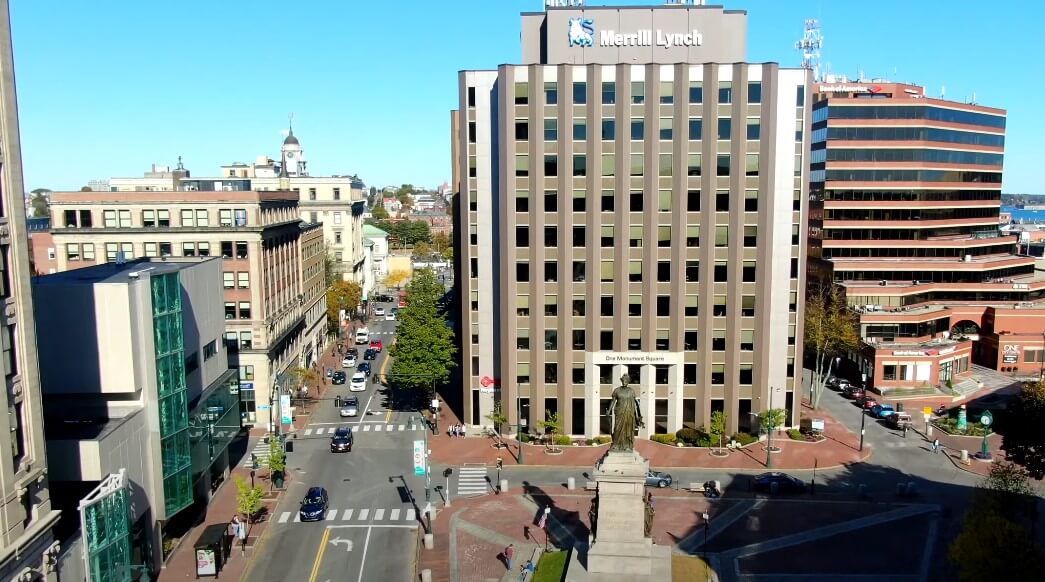
- Remote share: 21.2 percent, as per Axios
- Cost of living: about 12 percent above U.S. average overall; groceries and housing drive the bump, according to Best Places
- Vibe: salt‑air calm with a hint of Brooklyn hip
Picture lighthouses, lobster rolls, pastel sunsets—and then add fiber‑to‑home and a kombucha bar inside an 18th‑century warehouse.
Portland rewards keyboard warriors who crave crisp air and walk‑everywhere neighborhoods. Even in February, locals strap micro‑spikes onto boots and march along the Western Prom before opening Slack.
High costs stem mostly from limited housing stock, so remote newcomers often rent first in South Portland or Westbrook while scouting older Victorians to renovate.
6. Philadelphia, PA
- Overall expenses register 48 percent cheaper than New York City in April 2025, according to Expatistan
- Amtrak puts you in Manhattan in 1 hour 15 minutes, D.C. in 1 hour 45
- Vibe: blue‑collar candor layered over Ivy League clout
Row‑house blocks buzz with freelance designers, med‑tech analysts, and policy wonks who appreciate gigabit internet at sub‑$60 plans.
A slate of coworking spots—many carved from former garment factories—offers day passes, so you can wander until you find ideal lighting.
Getting around stays painless: the SEPTA Key card taps through subways, trolleys, and regional rail, while bike lanes stretch across South Philly and Fishtown.
Downsides? City wage taxes pinch contractors, and parking remains a headache unless you embrace car‑free life.
7. Baltimore, MD
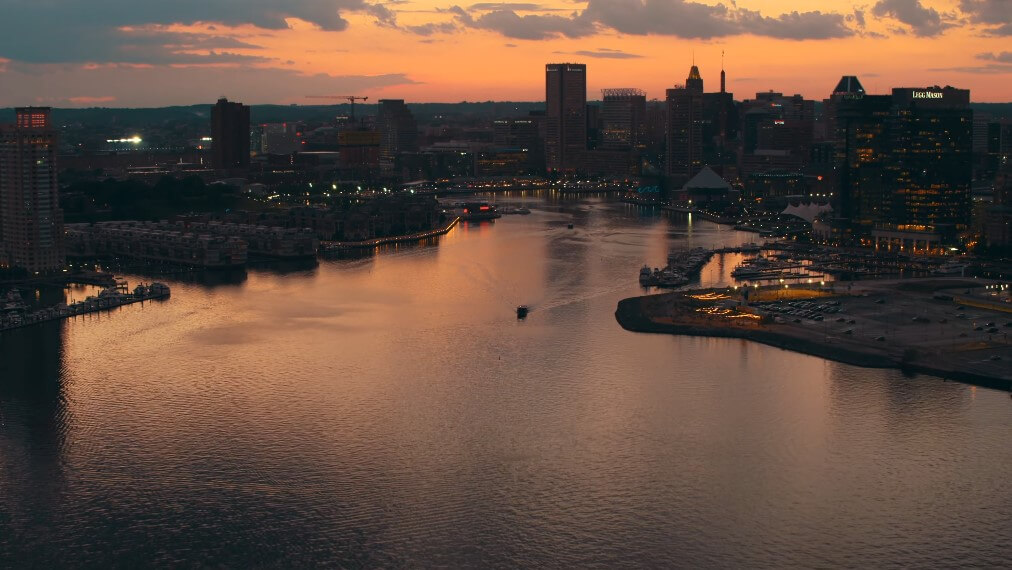
- Up to $10,000 in down‑payment help for qualifying newcomers, Baltimore City Department of Housing & Community Development
- Fast train to D.C.: MARC Penn Line hits Union Station in 40 minutes
- Vibe: gritty charm, row‑house renaissance, serious art scene
Charm City courts remote talent with cold cash, betting that harbor views and warehouse lofts will keep arrivals long‑term.
Evening strolls along the Inner Harbor blend soft‑serve stands with science‑museum exhibits, and weekend crab feasts turn neighbors into old friends fast.
Broadband speeds have improved markedly after a 2024 public‑private overhaul, placing gigabit lines in most downtown zip codes. Crime headlines still scare outsiders; reality varies block by block. Tour each neighborhood after dark before signing a lease.
8. Rockville, MD
- Nine dedicated coworking hubs plus free drop‑in space at the library
- Median household income: north of $110k, fueling café density rather than pretension
- Vibe: suburban calm wrapped around transit‑rich cores
Metro’s Red Line feeds commuters straight into D.C., yet many locals simply fire up webcams from townhomes near Rockville Town Square.
Coffee Republic opens early, La Canela keeps late‑night project sprints fueled with churros, and weekend hikes on the C&O Canal start fifteen minutes from downtown.
The city scores high on school rankings and park acreage—two magnets for remote workers raising kids. Downsides are mostly financial: taxes in Maryland plus home prices nearing $600k demand bigger paychecks.
9. Charleston, SC
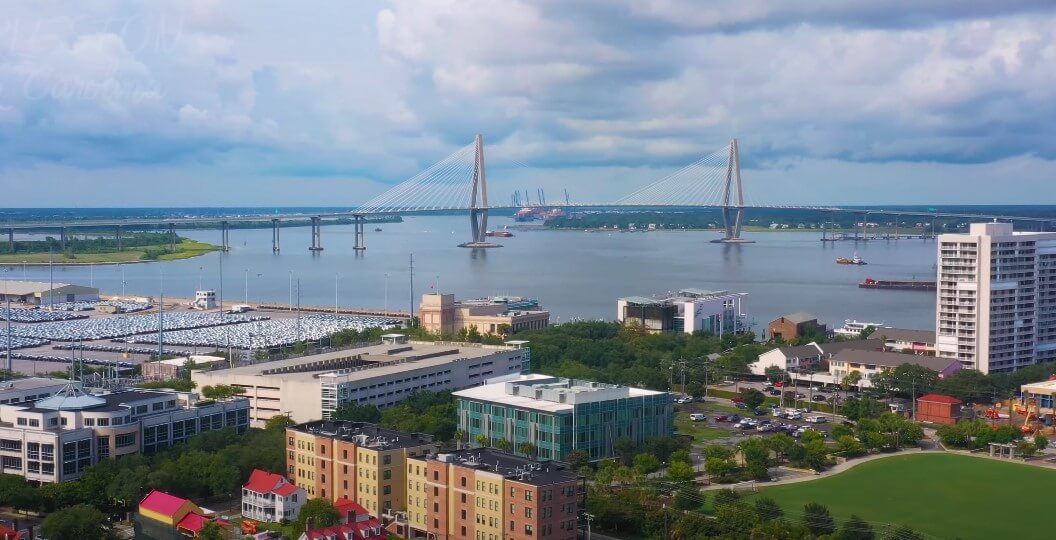
- Influencer‑approved scenery drives a steady inflow of creatives, as per Katherine McLaughlin
- State report shows inbound migration of 34,200 residents since mid‑2023, many citing flexible work
- Vibe: pastel mansions, shrimp‑n‑grits lunches, slower heartbeat
Color‑washed row homes and jasmine‑scented breezes inspire content creators and startup dreamers alike. Broadband penetration ranks high, particularly south of the Crosstown, so livestream classes look crisp.
Outdoor workspace options—Countess of Eglington’s Garden behind the Gibbes Museum or the shaded patio at Kudu Coffee—mean you can Slack under palmettos.
Storm season runs June through November; budget for flood insurance even on higher ground.
10. Woodbridge, VA
- Population exploded 887 percent between 2018 and 2023, as per Southern Living
- Median home roughly $500k, a bargain beside Arlington or Alexandria, statistics show
- Vibe: commuter‑friendly suburb morphing into mini‑metro
Thirty minutes down I‑95 from D.C. (well, at 10 p.m.), Woodbridge now boasts waterfront breweries, a revamped marina, and one of the largest outlet malls on the Eastern Seaboard.
Wifi speeds crest 900 Mbps in newer developments, and coworking lounges have sprouted inside former retail anchors at Potomac Mills.
VRE trains carry hybrid workers into the capital when presence matters, then haul them back to back‑deck barbecues by dusk. Traffic can mangle daytime errands; locals plan groceries at 7 a.m. or 9 p.m.
Parting Thoughts
East‑coast remote work now spans lighthouse towns, tech corridors, and centuries‑old port cities. Each spot above packages reliable internet, community energy, and just enough adventure to keep burnout away.
When choosing where to hang your router in 2025, weigh incentives such as Baltimore’s cash, Woodbridge’s median‑price gap, or Raleigh’s job pipeline.
Balance that against storm risk, winter heating bills, or property‑tax quirks. One final tip: stay three‑to‑six weeks before signing anything long‑term.
Short‑term rentals and coworking day passes let you test bandwidth, walkability, and nightlife volume. After all, remote freedom means your office can move as easily as your laptop lid. Happy plugging in—wherever the Atlantic breeze feels right.

